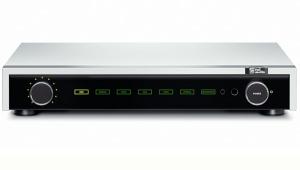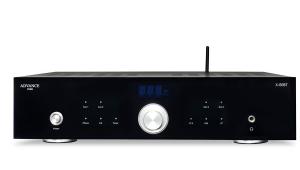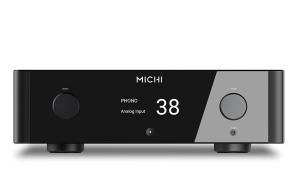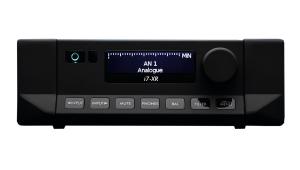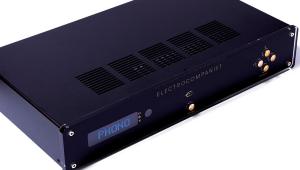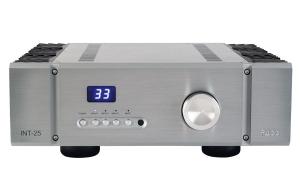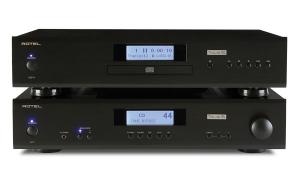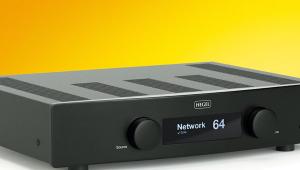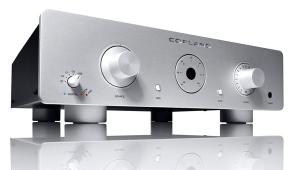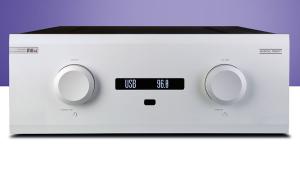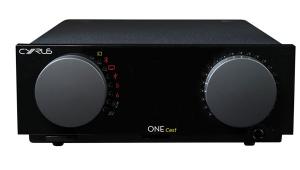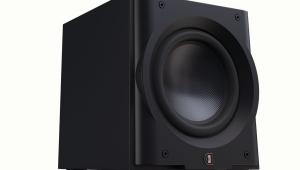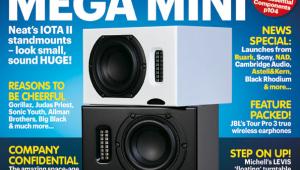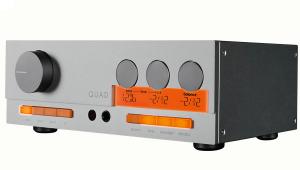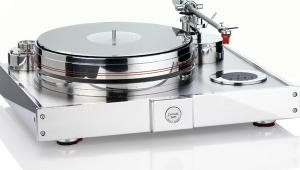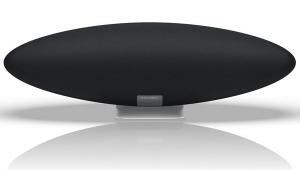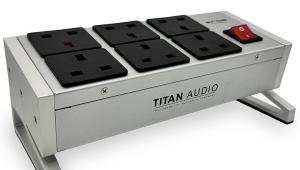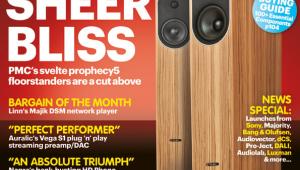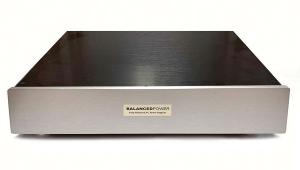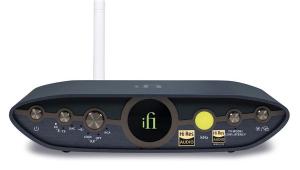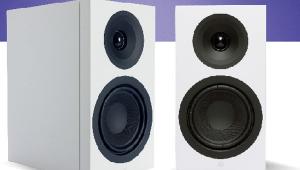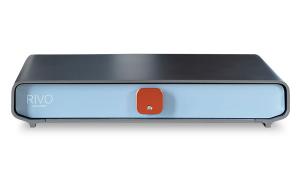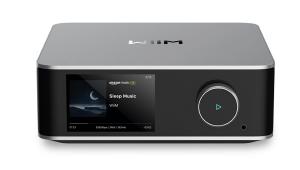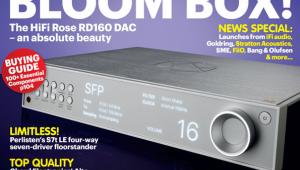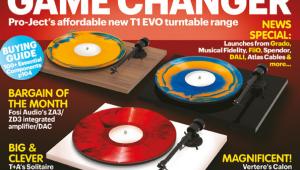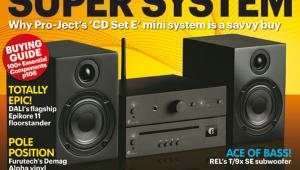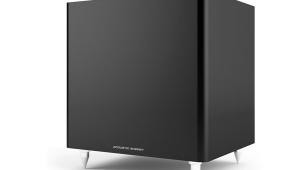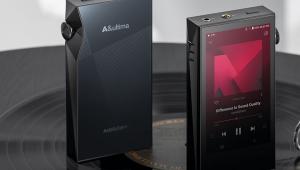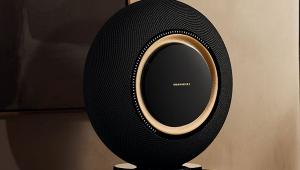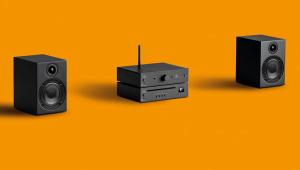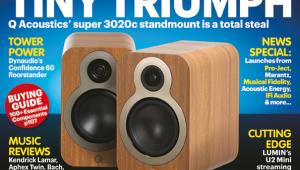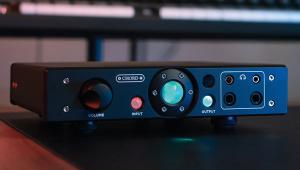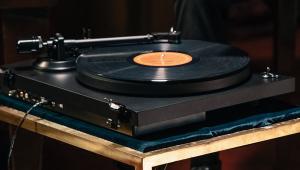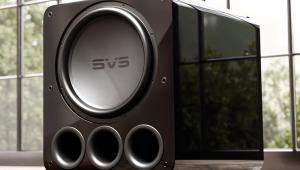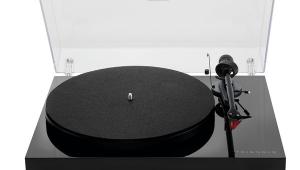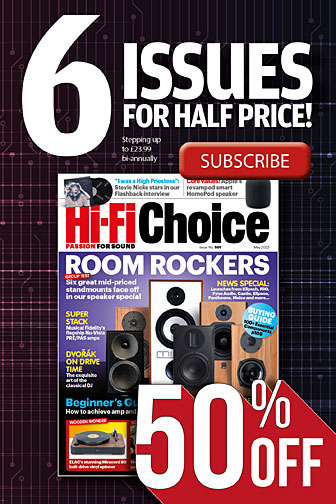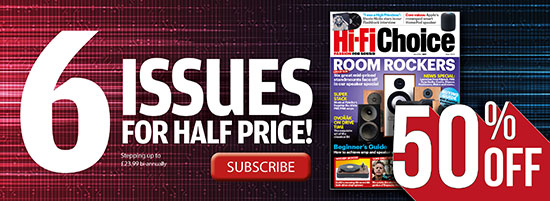Rotel A8
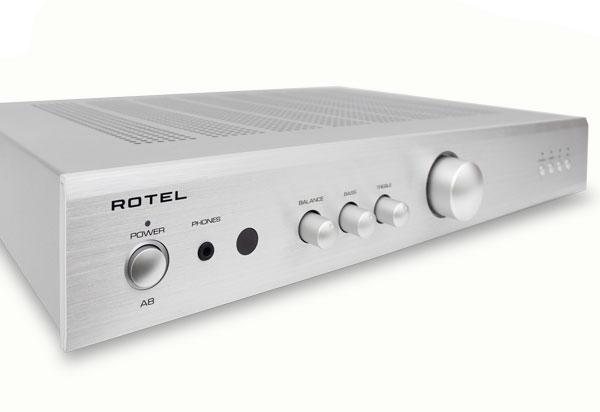
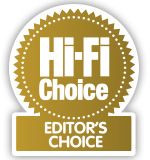 Every time it looks like two-channel audio has finished this latest phase of function and design evolution, something else seems to come along to start the process rolling again. Rotel’s A8 arrives in the midst of this ongoing evolution feeling a little like it has dropped through a hole in time. It would be completely normal to a teenage version of myself looking at the options for a budget amplifier back in the Nineties!
Every time it looks like two-channel audio has finished this latest phase of function and design evolution, something else seems to come along to start the process rolling again. Rotel’s A8 arrives in the midst of this ongoing evolution feeling a little like it has dropped through a hole in time. It would be completely normal to a teenage version of myself looking at the options for a budget amplifier back in the Nineties!
You get three RCA line inputs, supported by a moving-magnet phono stage. This is made available to a single set of speaker terminals and a 3.5mm headphone socket. There are no digital inputs of any kind; even the Bluetooth of the A11 Tribute (HFC 469) has been expunged. At a point where even some very similarly priced rivals have the scope to be treated almost like an all-in-one system, the Rotel is completely dependent on source equipment. The amplification itself is no less traditional. It’s a Class AB circuit and it develops a slightly contentious output of 40W into 4ohm. Why? Simply put, Rotel gives the power output for pretty much everything it has ever made bar the A8 into 8ohm. The reason you would elect to use a 4ohm measurement is to make the amp seem more powerful that it is. This is an understandable response to more potent Class D models, but in terms of Rotel’s own product history, it feels like an odd decision. Back in the Nineties, the company built (and sold container loads of) the RA-920X which disposed of 25W into 8ohm – entirely sufficient for speakers at the time. Nothing has become so much harder to drive in the meantime that the 30W the A8 puts out into 8ohm would be seen as inadequate.
There are some small concessions to modernity if you look hard enough. The volume control is via a rotary encoder rather than a more classic potentiometer and this gives an extremely linear volume ramp in use. The small LEDs around the volume knob that go green during startup and rotate around the dial to denote the level are about the most sophisticated part of the overall aesthetic.
There are some other genuinely good features, however. The power button is two position, which ensures the A8 can be put in standby but also turned completely off depending on use. The four inputs have direct selection on the front and also on the extremely retro but utterly logical remote control. We’ve tested amps at more than 10 times the price of the A8 that lack such niceties.
The Rotel isn’t the most spectacular-looking device going, but there is a lot to like about the way it is bolted together. Peer through the grille and you’ll see that the main board is simple, well laid out and makes use of a small number of respectable components in a logical way. The full-width casework feels solid enough at the price and, while it is wider than some, it is comparatively slim – which allows it to fit into some spaces that rivals cannot. About the only thing we don’t like is the presence of a captive mains lead, which feels slightly cheap and might limit your placement options. Potentially useful, however, is the fact it comes in either black or silver to match other kit.
Sound quality
Rotel’s coyness about the power output seems faintly absurd when you begin listening. For the bulk of testing, we use a pair of Q Acoustics 5020 (HFC 502) standmounts – fractionally more expensive than the A8 but not impractically so – and the A8 doesn’t shown the slightest sign of stress. Unless you have a very large room and decidedly insensitive speakers, this is every bit as capable of generating satisfactory output as the RA-920X was all those years ago.
More than there being enough volume, the performance on offer is very likeable too. This is a fast and lively sounding amp that takes the euphoric The Last Flight by Public Service Broadcasting and really exemplifies the joy in the music. The magnificent Towards The Dawn has boisterous levels of energy and liveliness. It’s possible that with a more forward speaker, the effect might be fractionally bright, but this combination is extremely enjoyable.
This is an admirably transparent-sounding integrated for the money. A significant amount of testing is done with Chord Electronics’ neutral and revealing Mojo 2 (HFC 488), and the Rotel does a very respectable job of adding very little of itself to the signal as a whole. The extraordinary listening experience of Hayden Thorpe’s Ness – somewhere between a concept album and a tone poem – is relayed superbly. Thorpe’s wonderful vocals have a liquid quality to them and Rotel does an excellent job of bringing them to life. This is helped by bass extension that, while not subterranean, is well integrated with the upper registers and stops and starts with speed and precision.
We hoped the phono stage would be able to deliver some of the same qualities, but there are some caveats to this part of the Rotel’s functionality. We do initial tests using the A8 with a Pro-Ject Debut EVO2 (HFC 521), which is not dramatically more expensive. This isn’t wholly successful and unfortunately we are not able to get the connection between the two units to be silent – the result being unusably noisy.
It seems likely, this is a very specific setup and compatibility gremlin as Rotel has not successfully recreated it and some tests with a Rega Planar 10 (HFC 456) sporting a Rega Nd7 moving-magnet cartridge are noise free and deliver a presentation in keeping with the other inputs. Some tests with the eponymously titled album by Portishead are tonally believable and genuinely enjoyable. The stage itself has plenty of gain and the tonal balance closely matches the other inputs on the amp.
Tests of the headphone socket don’t yield any such issues, however. The Rotel is a little adrift of combination DAC and headphone amps at the price, but the performance is more than good enough for occasional use. A pair of Focal Hadenys headphones is used for the bulk of testing and, while they are sufficiently sensitive that pretty much anything will drive them satisfactorily, the output shouldn’t struggle with most commensurately priced headphones.
Conclusion
In a market where streamers are being fitted with phono stages, and solutions involving powered speakers and soundbars are vying for your attention, the Rotel can seem almost quaintly old fashioned in how it looks and what it does. The reality is that selecting a capable affordable amplifier is still a tremendously effective way of assembling a system and this is an extremely capable option. It’s well-made, handsome and easy to use with sufficient connectivity to partner up with some of the mind-blowingly capable modern digital products on offer and the speaker of your choice to sound very good indeed. Sometimes, the old ways really are the best. ES
DETAILS
Product: Rotel A8
Type: Integrated amplifier
FEATURES
● 40W per channel into 4ohm
● 3x RCA line inputs
● Moving-magnet phono stage
● Headphone amplifier
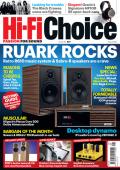 |
Inside this month's issue:
Ruark R610 music system and Sabre-R standmount speakers, PMC twenty.23i Active, floorstanders, English Acoustics Downton preamplifier, Bluesound NODE ICON preamp/streamer, Ortofon Concorde Music Blue MM cartridge and much, much more
|
